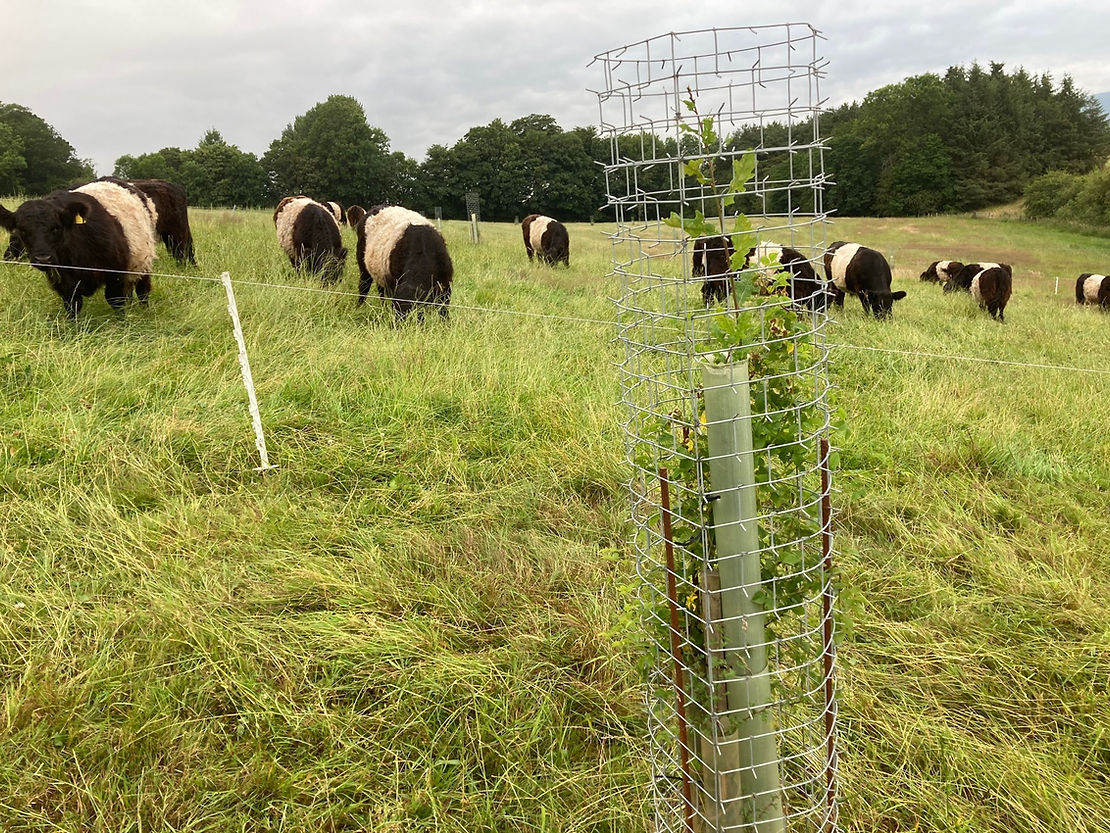By: Vivian She
In recent years, Irish farmers partnering with the rescue organization Corncrake Life have helped to save corncrakes in the Irish countryside by changing their farming methods and preserving the meadows in which corncrakes breed.
Corncrakes are small, tawny, birds with long necks and round bodies whose sharp call used to signify the arrival of summer. They became threatened in their western European habitats during the 20th century due to changes in agricultural practices that deprived them of a place to breed. Corncrakes can now only be found in scarce pockets along the western coast of Ireland.
Corncrakes living in western Europe adapted to the conditions created by low-intensity farming. These methods provided grassland meadows and field margins where the grass was high enough to protect them from predators but was still thin enough for the birds to run through.
However, as industrial farming became widespread, artificial fertilizers allowed farmers to start mowing their meadows earlier in the year. This interfered with the corncrakes’ late summer breeding season.
“I remember in the 1970s, this area was full of corncrakes,” said Patrick Mangan, a farmer and corncrake enthusiast who lives in Belmullet, Ireland. “Then farmers started mowing grass earlier, and that ruined it, until the last corncrake in this area was right here, on this land. The corncrake was nearly wiped out here. And if he is, we’ll never get him back again.”
Corncrake Life, a new state-led program in Ireland that is funded by the European Union, is taking a collaborative approach and working with farmers to preserve and possibly recreate the meadows in which corncrakes breed and raise their young.
In western Ireland, most farms typically have around 20 to 40 acres of land and are suited for raising low numbers of sheep or cattle. Most farmers don’t depend on their farms as their only source of income. So, Corncrake Life is rewarding farmers with up to €304 euros per acre for rewilding their meadows to be corncrake friendly. This requires them to plant portions of their land with crops that provide cover for breeding corncrakes and leave the rest of their grassland to revert back to the traditional meadow, where multiple species of native grasses mix with wildflowers and weeds.
“We don’t reward farmers for having a corncrake on their land, we reward them for having the habitat. Even if a corncrake never showed up, you’d get skylarks, meadow pipits, all kinds of flowers, invertebrates and butterflies. The greatest value of this land isn’t in food production, it’s in public goods and services — clean water, wildlife diversity, carbon sequestration. It’s time we started paying for that,” said John Carey, the director of Corncrake Life.
Corncrake Life and Irish farmers’ efforts have been paying off. The population of corncrakes in western Ireland was once as low as four calling males, but 38 were counted in 2021.
Link to article: https://s3.amazonaws.com/appforest_uf/f1659884014056x158054312237690940/Irish%20Farmers%20Help%20Save%20a%20Bird%20Whose%20Calls%20Used%20to%20Herald%20Summer%20-%20The%20New%20York%20Times.pdf











